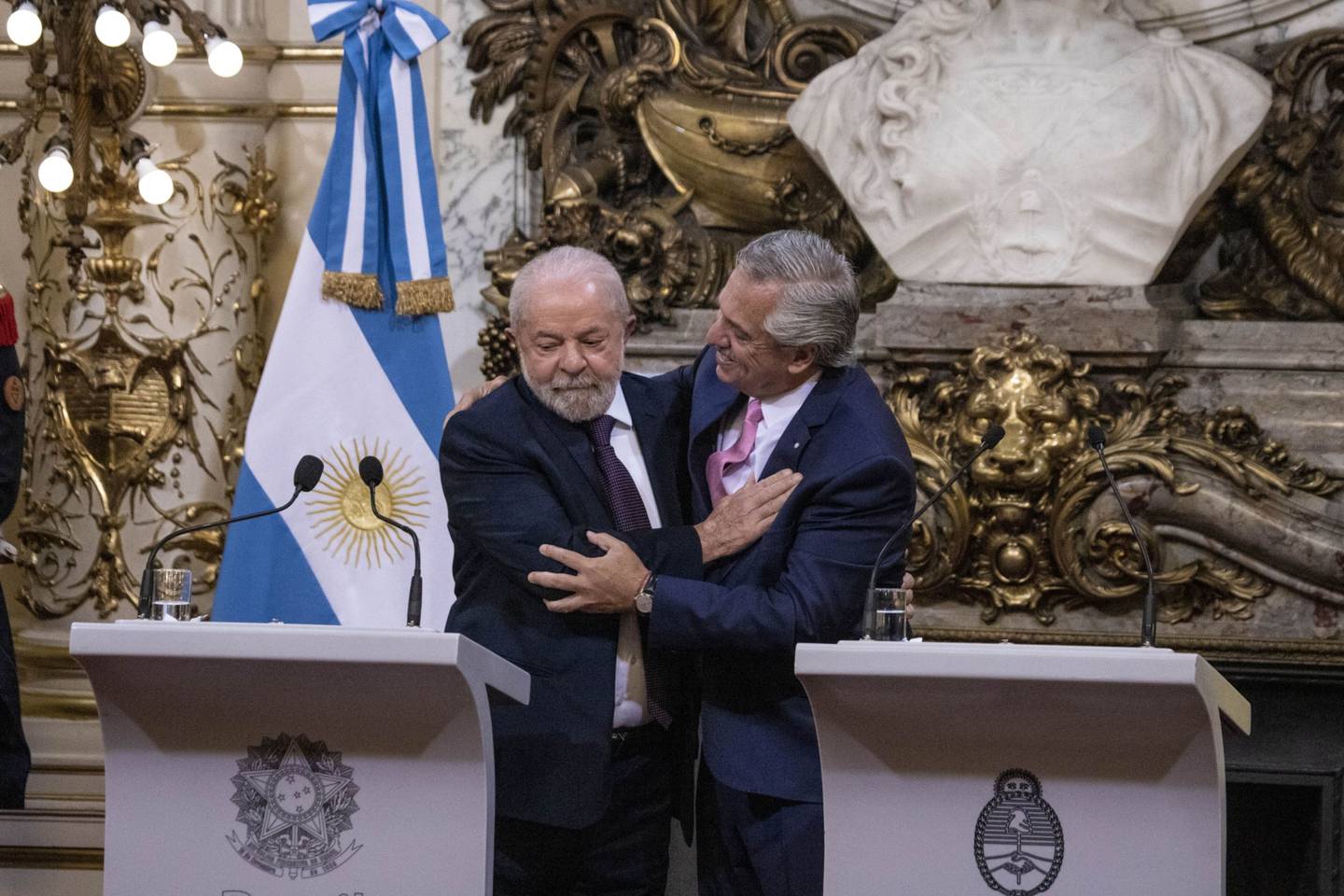There is an old saying: “If Brazil catches a cold, Argentina sneezes”.
That is how important the trade relationship with the South American giant is for the Rio de la Plata country.
However, the reverse is not true, and, in fact, in recent years, Argentina’s importance in Brazil’s foreign trade has been declining.

A report by the Argentine consulting firm Ecolatina points out that the Brazilian foreign sector has been one of the most dynamic in the region.
“On average, during the period 2010-2021, exports from the neighboring country grew at a rate of 6.5% annual average, placing it above world growth (5.5%) and the sluggish performance of the national economy (4.1%).”
But Ecolatina highlighted that this good performance of Brazil did not have Argentina as an ally, which was the country that lost the largest share between 2010 and 2022.
However, despite this deterioration, Argentina remains fundamental for the Brazilian industrial sector: the country where Lionel Messi was born is the second leading destination for Brazilian manufacturing.
WHY IS ARGENTINA BECOMING LESS AND LESS RELEVANT TO BRAZIL?
Ecolatina details that the abrupt fall of Argentina’s relevance in the Brazilian trade flow is explained by the emergence of China as Brazil’s leading trade partner.
As a result, while Argentina lost 4 percentage points of participation in Brazilian foreign trade – the largest drop among the more than 200 countries with which Brazil trades – China increased its participation by 10 percentage points.
A similar result occurs if we look at the national participation in Brazilian exports, which during the same period fell 4.6 percentage points, from 9.2% to 4.6%.
Ecolatina points out that after the boost in relations in the 1990s, there were two well-differentiated subsequent stages in the link:
During 2003-2011 there was a remarkable expansion, with an average annual growth of 17%.
Then there was a break, and during the 2012-2021 period, there was a drop in the average annual rate of 5%.
In any case, the downturn in the relationship between the two is still insufficient to remove Argentina from the list of the leading trade allies since it ranks third behind China and the United States, showing the relevance that still prevails in the link.
WHAT IS TRADED BETWEEN ARGENTINA AND BRAZIL?
Brazilian sales to Argentina were more than 80% explained by manufactured goods of industrial origin (MOI).
In comparison, the proportion of MOI exported by Brazil to the rest of the world (excluding Argentina) was less than 25%.
This is happening in a scenario of loss of dynamism of Brazilian industrial activity (-0.7% in 2022), registering a decline of 16% since the last peak in 2013, without yet managing to return to pre-pandemic activity levels (-1.3% vs. 2019).
As a correlate, the share of MOI in Argentina’s exports during 2022 (27%) was at its lowest since 2009 (38%).
On the other hand, Brazil’s surplus trade balance with Argentina is explained by exports of MOI.
The trade results by major items in 2022 showed that primary products, fuels, and agricultural and livestock products (MOA) implied a trade deficit of around US$3.4 billion for Brazil.
On the other hand, the surplus of MOI contributed to an income of approximately US$5 billion, and, far behind, minerals contributed US$725 million net.
Regarding the latter, Ecolatina summarized:
“(For Brazil) trade with Argentina is driven by MOI, and raw materials explain the relationship with the rest of the world. Thus, in 2022 Argentina ranked second as a destination for Brazilian MOI, behind the United States, a destination that displaced them from first place in 2014″.
The Automotive Industry is the main factor in explaining the composition of MOI.
The first four Brazilian products exported to Argentina in 2022 were related to that industry.
Ecolatina details that there is a “productive complementarity and vertical integration” in this area, with Brazil more specialized in the initial stages of production and Argentina in the final stages of production.
THE TRADE DEFICIT FOR ARGENTINA
Ecolatina highlighted that since the beginning of the 21st century, Argentina has only achieved a trade surplus with Brazil in six years.
In this context, Argentina is the main enthusiast and promoter of a “common currency” between both countries, which does not replace the monetary sovereignty of each country, but does give greater fluidity to commercial exchange.
With information from Bloomberg

